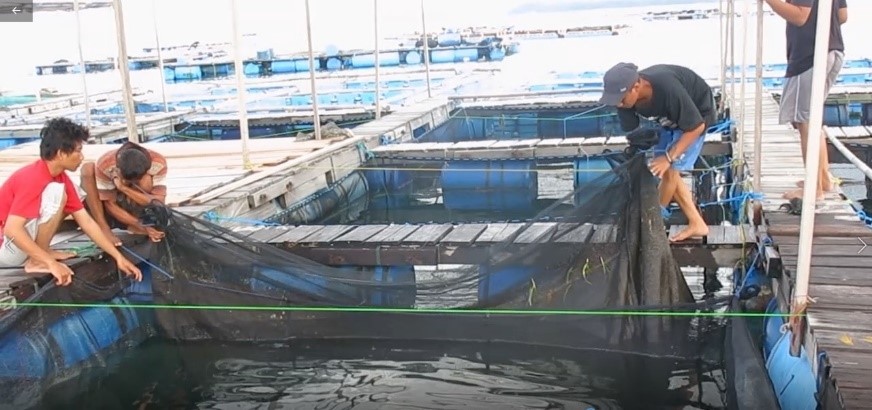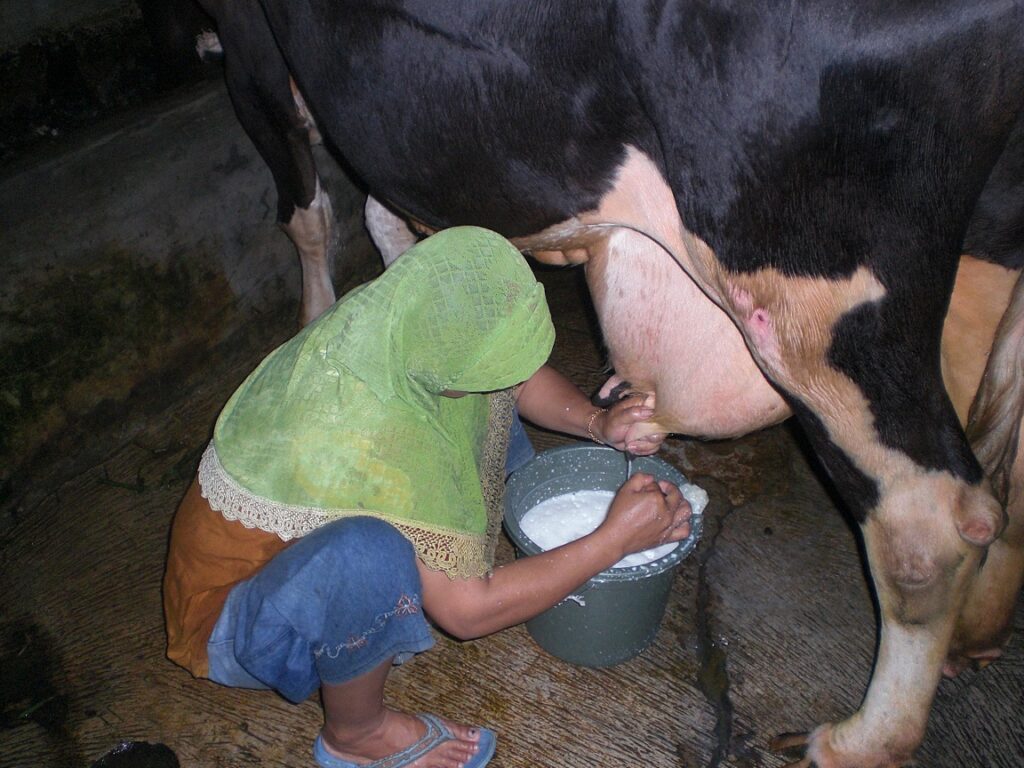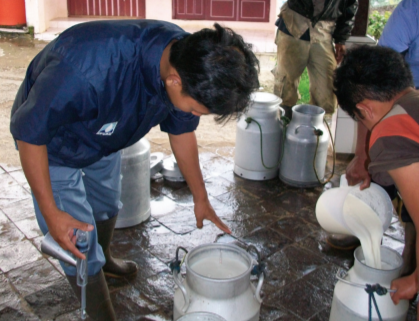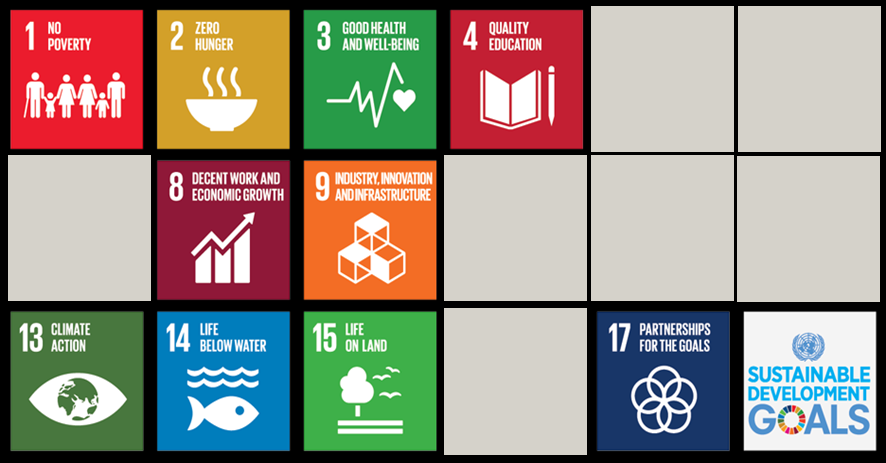
Smart-In-Ag aims to introduce and expand novel SMART farming technologies in Indonesian agriculture, more specifically fish and dairy production. SMART farming technologies on a dairy farm could be sensors or wearable technologies such as collars or tags linked to smart phone apps that help in taking decisions related to culling, feeding, or insemination. SMART farming technologies in fish production are relatively new in Indonesia. These technologies could be sensors to detect water quality or to track fish’ health in ponds linked to smart phone apps.

Smart-In-Ag has some short-term as well as long-term objectives.
The short-term objectives are:

- To create a database, where information on production, milk quality, animal disease, farm management and water quality is collected and stored.
- To identify current management practices and risk factors in both dairy and fish farming.
- To test software such as mobile phone apps that can be used by farmers.
- To analyse the ability and willingness of farmers to adopt innovations. In the end, SMART farming technologies need to suit the farmers.
- To show the economic and environmental impact of the SMART technologies at both fish and dairy farms.
- To propose scenarios for future development where there are both efficiency, environmental and economic benefits.
The long-term objectives are:
- To leave behind a data-infrastructure that will prove to be valuable beyond this project.
- To apply the knowledge from this project in other projects.
- To improve product quality, food safety and the livelihoods of both farmers and communities
- To use the outcomes of especially the economic and environmental models to support long term development of policies in Indonesia.
This programme is linked to 9 out of the 17 Sustainability Development Goals of the United Nations:

No poverty: increasing production per animal or pond while taking into account the farm’s resources will improve the livelihoods of Indonesian small farmers. As smallholder farms are among the most vulnerable businesses in developing countries, this will have great impact
2. Zero hunger: increasing animal production while being more efficient with the resources available will help solve hunger and make animal protein available to a larger population
3. Good health and well-being: the livelihoods (and thus well-being) of the farmers will improve, but also product quality will. This means safer products with higher nutritional value, improving the population’s health
8. Decent work and economic growth: increasing animal production while being more efficient with the resources available will help build a sustainable economy
9. Industry, innovation and infrastructure: this programme is using innovative technologies to improve animal production, but also looks at possibilities for uptake of these innovations at a larger scale. Also, a digital infrastructure will be built to be able to share knowledge and expertise with farmers at a distance, giving them access to state-of-the-art developments
13. Climate action: increasing animal production while being more efficient with the resources available will help control the environmental impact of animal production
14. Life below water: by improving production in aquaculture systems, the demand for fish from sea fishing will be lowered. By improving marine fish farm systems, the water quality will directly be improved. This will help sustain the sea ecology
15. Life on land: by rethinking how we can use our resources for animal production, and making animal production more resilient, we can reduce the impact of animal production on the ecosystem. In addition, nutrient accumulation and discharge from pond aquaculture will be reduced, reducing impact on both aquatic ecosystems and on land
17. Partnerships for the goals: the cooperation between Wageningen and Indonesia is a great example of a partnership where knowledge and expertise merges and strengthens each other, building capacity in terms of knowledge development and of improving food production in the field
